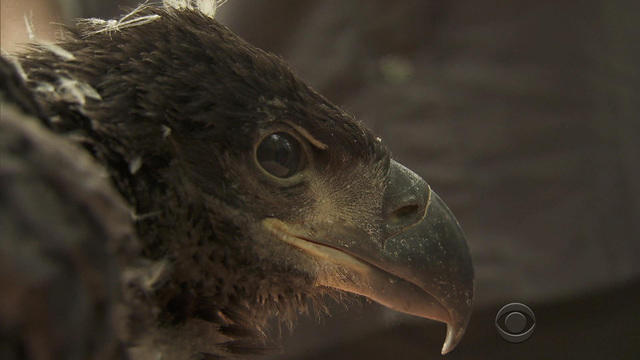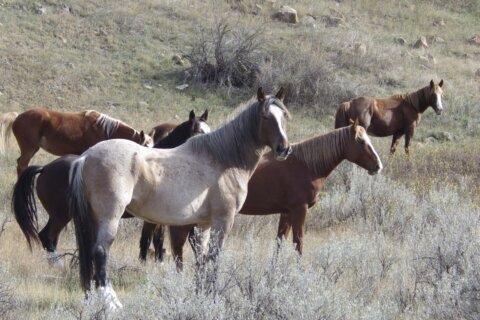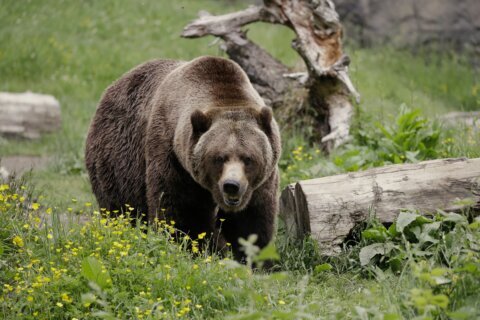▶ Watch Video: Nature: Bald eagles in Idaho
Populations of American bald eagles, once on the brink of extinction, have pleasantly surprised experts — quadrupling in size since 2009.
In 1963, there were just 417 known bald eagle nesting pairs in the lower 48 states. But according to a new report from the U.S. Fish and Wildlife Service, the United States’ beloved national symbol is now thriving, with more than 71,4000 nesting pairs.
Scientists say there are now an estimated 316,700 individual bald eagles in the contiguous United States — a rapid increase in recent years. For comparison, the population was estimated to be 72,434 individuals, including 30,548 breeding pairs, in 2009.
Experts point to decades of protection, bans of the pesticide DDT in 1972 and extensive conservation efforts, including breeding programs and habitat protection around nesting sites, for the momentous “conservation success story.” The eagle was one of the original species protected by the Endangered Species Act when it was enacted in 1973, primarily because DDT use after World War II decimated the population across the nation.
“Today’s announcement is truly a historic conservation success story,” U.S. Secretary of the Interior Deb Haaland said in a statement. “Announcements like ours today give me hope. I believe that we have the opportunity of a lifetime to protect our environment and our way of life for generations to come. But we will only accomplish great things if we work together.”
Bald eagle is back
02:28
The population was estimated with aerial surveys conducted by Migratory Bird Program pilot biologists and observers over a two-year period in 2018 and 2019. They also worked with the Cornell Lab of Ornithology to gather alternative data in areas where aerial surveys were not possible.
The data was then combined with information on survival rates, productivity and breeding rates to estimate the population size nationwide.
“We’re hoping that this will allow the Service to track bald eagle populations over a much wider area in the most cost-effective manner in the future,” said Viviana Ruiz-Gutierrez, Assistant Director of Cornell Lab’s Center for Avian Population Studies.
In 2007, the bald eagle was successfully recovered and removed from Endangered Species Act protection, with 9,789 known breeding pairs. It is still protected by the Bald and Golden Eagle Protection Act and the Migratory Bird Treaty Act.
Both laws prohibit killing, selling or otherwise harming eagles, their nests or their eggs.
“The recovery of the bald eagle is one of the most well-known conservation success stories of all time,” said Service Principal Deputy Director Martha Williams. “The Service continues to work with our partners in state and federal agencies, tribes, non-government organizations and with private landowners to ensure that our nation’s symbol continues to flourish.”








